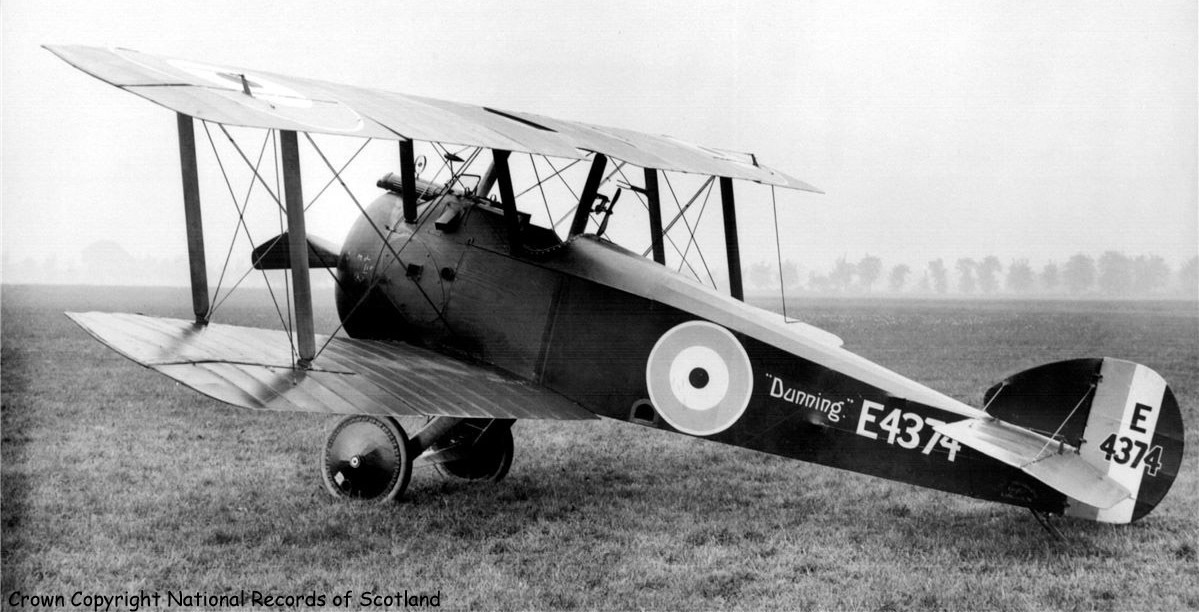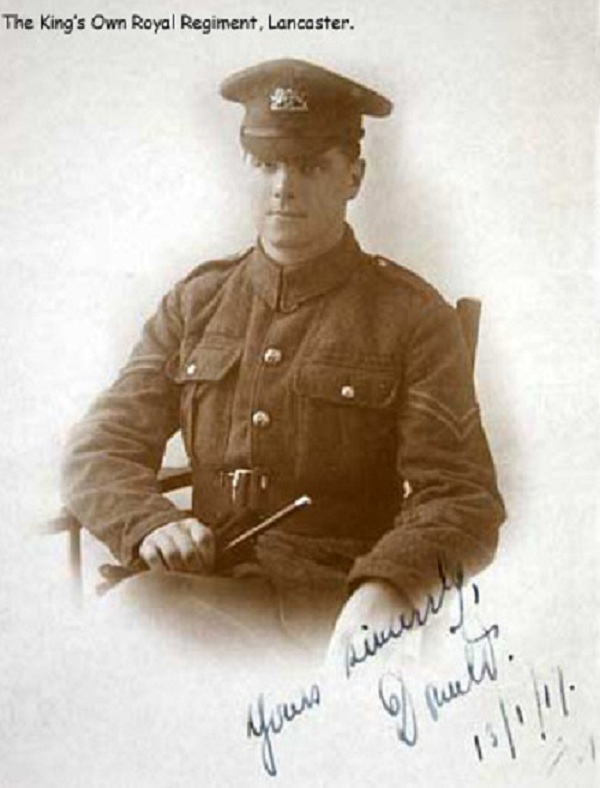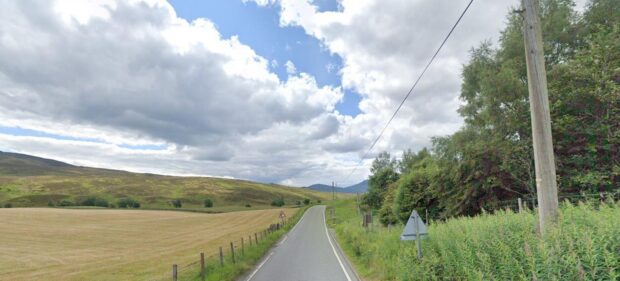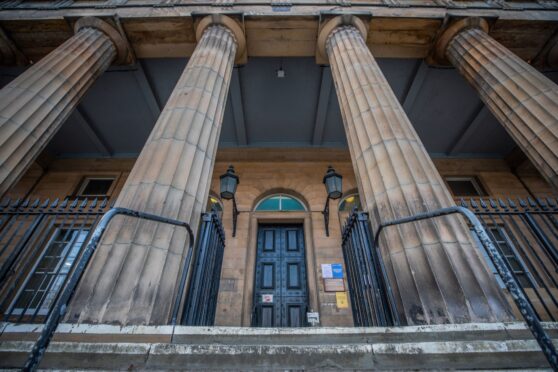Bereft of funds with which to continue the war effort but desperately needing to reinforce allied forces, the British Government turned to the home front.
The war office made an impassioned plea to individuals and communities to invest in the cause by purchasing War Bonds and Savings Certificates.
War Weapons Week came at a crucial stage during the First World War and over six days – April 8 to 13, 1918 – villages and towns across the UK stepped up to help.
Among the communities to heed the call was the Perthshire village of Dunning, whose people raised the enormous sum of £7,145.
In recognition of that effort, a Sopwith Camel fighter plane was named after the village and sent into action.
The plane was the most famous British aircraft of the war, shooting down more enemy aircraft than any other Allied fighter.
It was notoriously difficult to master but pilots who did so found they were at the controls of a more manoeuvrable and deadly fighter than anything enemy forces could put in the air.
The “Dunning” example was the first of 50 new planes to come off the production line of Lincoln engineering firm Clayton and Shuttleworth Ltd.
Investigations by Dunning Parish Historical Society’s Maarten Versteeg have revealed a little more about the fighter plane and its service.
A picture was sent to the village at the time, showing their plane, E4374, and its proud livery shortly after its arrival in France in June 1918.
It was accompanied by an autographed photograph of its gallant pilot, Donald Woodhouse, who served with the 203 squadron based at Amiens.
Throughout August 1918 the plane and its pilot took part in a number of low flying missions, patrols and escorts as part of the final offensive that eventually led to the end of the war.
Like that of so many, however, its active service was fairly short lived, clocking a little over 43 hours in the air during numerous missions.
It was struck by heavy shell fire over Peronne, close to the River Somme, on August 31 and crashed badly on the front line.
While the fighter itself was destroyed, Donald Woodhouse suffered only minor injuries and survived the war.
The full story of the village during the First World War and Maarten Versteeg’s research into the “Dunning” Sopwith Camel is told in the spring edition of the local history magazine, The Dunningite.











